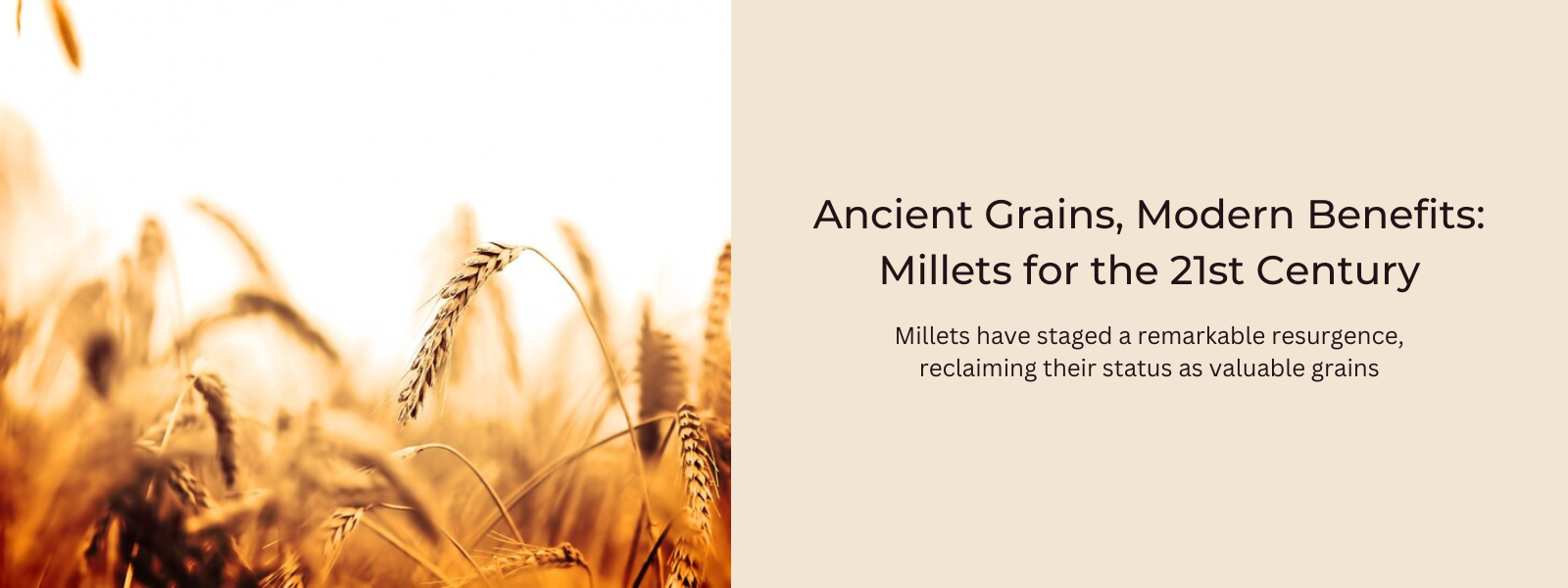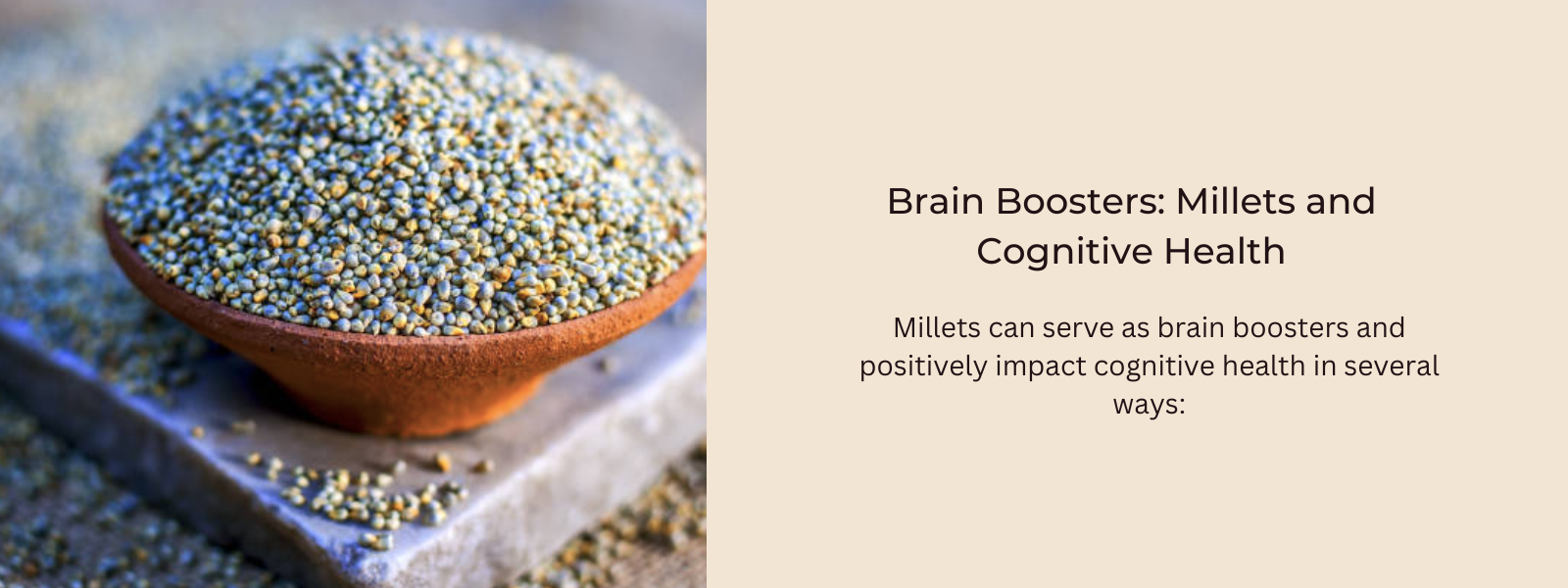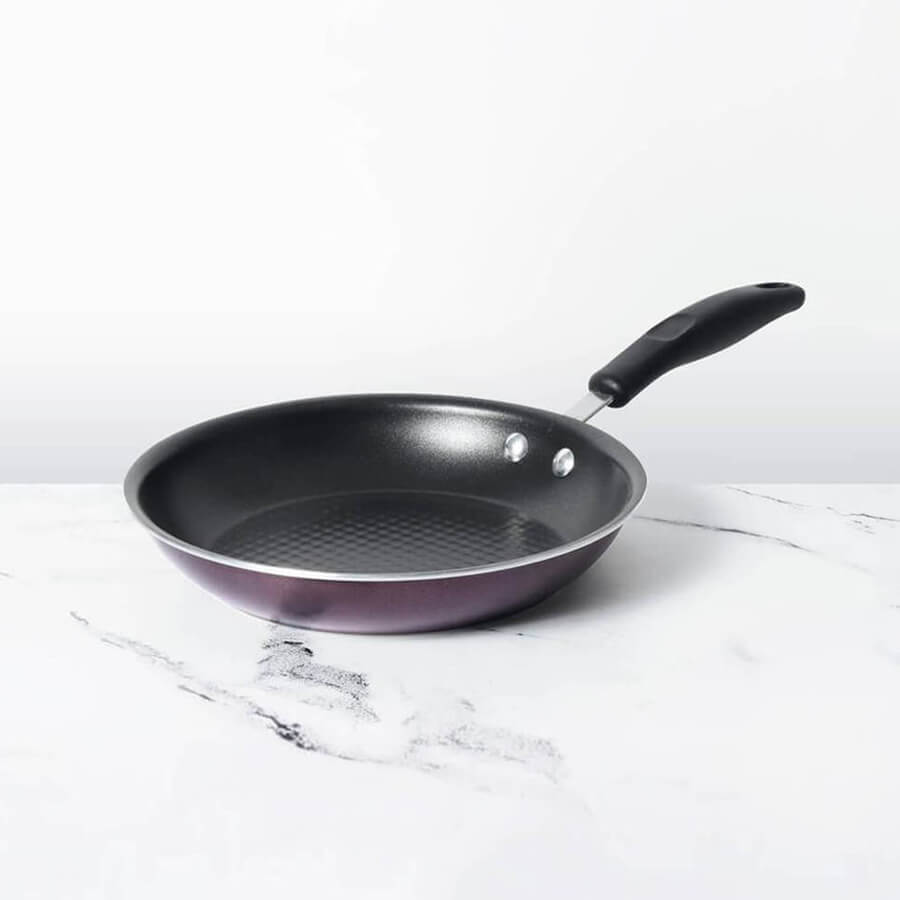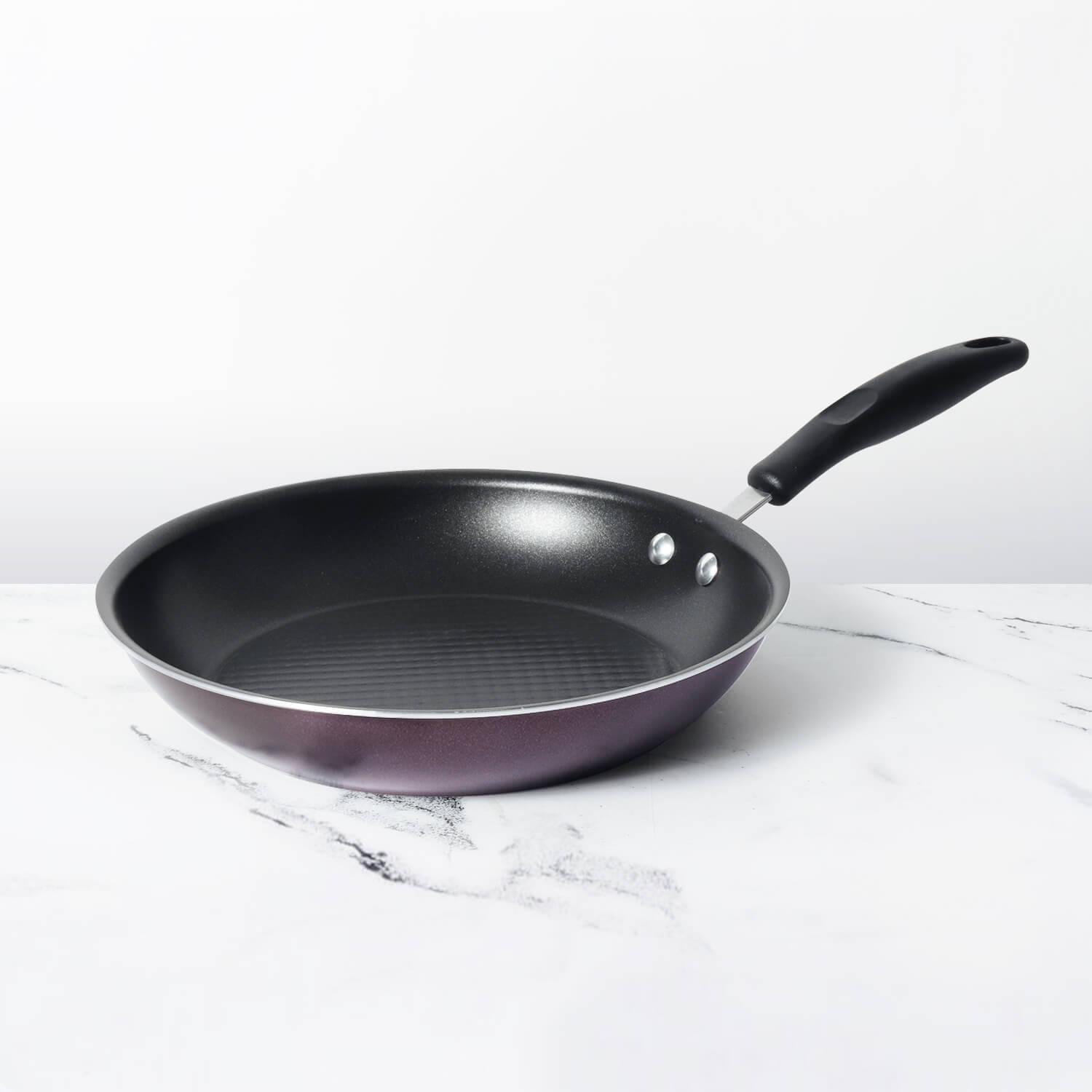Millets encompass a diverse array of small-seeded grains, each offering unique nutritional benefits and culinary versatility. Pearl millet (bajra) stands out for its high protein and mineral content, while finger millet (ragi) is rich in calcium and essential amino acids. Foxtail millet is prized for its low glycemic index and dietary fiber, making it ideal for managing blood sugar levels and promoting digestive health. Sorghum (jowar) is gluten-free and packed with antioxidants and B-vitamins, supporting heart health and overall immunity. Proso millet rounds out the group with its easy digestibility and nutrient density. Cooking millets involves rinsing them thoroughly, using the appropriate water-to-millet ratio, bringing to a boil, simmering until tender, and allowing them to rest before fluffing. Their versatility extends to various dishes like porridges, salads, and baked goods, making millets a nutritious addition to diets seeking wholesome, gluten-free alternatives that support overall well-being.
Table of Contents
Types Of Millets:
Here are some of the main types of millets:
- Pearl Millet (Bajra):
- Origin: Pearl millet originated in Africa and has been cultivated for over 4,000 years. It is also widely grown in India.
- Nutritional Profile: It is rich in protein (about 10-12%), fiber, and essential minerals such as iron, magnesium, and phosphorus.
- Culinary Uses: Pearl millet is primarily used to make flatbreads (rotis) in India. It can also be ground into flour for baking or used in porridges and stews.
- Finger Millet (Ragi):
- Origin: Finger millet is native to Africa but is primarily cultivated in India and Nepal.
- Nutritional Profile: It is highly nutritious, rich in calcium, protein (about 7-8%), fiber, and amino acids like methionine and cysteine.
- Culinary Uses: Finger millet is commonly used in South Indian cuisine to make porridges (ragi malt), dosas, idlis, and baked goods like cookies and cakes.
- Foxtail Millet:
- Origin: Foxtail millet is believed to have originated in China but is widely grown in India, Japan, and Korea.
- Nutritional Profile: It is high in carbohydrates (about 65-70%), fiber, and minerals like iron and calcium. It is low in fat.
- Culinary Uses: Foxtail millet is versatile and used in various dishes such as upma, pongal, kheer (a type of dessert), and as a rice substitute in pilafs.
- Sorghum (Jowar):
- Origin: Sorghum is native to Africa and has been cultivated for thousands of years. It is now grown globally, including in India and the United States.
- Nutritional Profile: It is rich in antioxidants, vitamins (especially B-complex), minerals (like phosphorus and potassium), and dietary fiber.
- Culinary Uses: Sorghum is used to make flatbreads (jowar roti), porridges, and fermented beverages like sorghum beer. It is also ground into flour for baking.
- Proso Millet:
- Origin: Proso millet is believed to have originated in East Asia and is now cultivated in many parts of the world, including the United States.
- Nutritional Profile: It is rich in B-vitamins, particularly niacin (vitamin B3), and minerals such as phosphorus, manganese, and magnesium.
- Culinary Uses: Proso millet is used similarly to other millets, in porridges, bread, as a rice substitute, and as birdseed.
Health Benefits Of Millets:
Millets are renowned for their numerous health benefits, making them a valuable addition to any diet. Here's a detailed look at the health benefits of consuming millets:
- Rich in Nutrients:
- Millets are packed with essential nutrients such as vitamins, minerals, and antioxidants. They are particularly rich in B-vitamins (niacin, B6, folate), which are crucial for energy production, metabolism, and neurological function.
- They also contain minerals like calcium, iron, magnesium, phosphorus, potassium, and zinc, which are vital for bone health, muscle function, immune support, and overall well-being.
- High in Fiber:
- Millets are an excellent source of dietary fiber, both soluble and insoluble. Fiber promotes digestive health by preventing constipation, regulating bowel movements, and supporting the growth of beneficial gut bacteria.
- The fiber content in millets also helps in maintaining healthy cholesterol levels, reducing the risk of heart disease, and stabilizing blood sugar levels, making them suitable for people with diabetes.
- Gluten-Free:
- Millets are naturally gluten-free, which makes them a safe and nutritious alternative for individuals with celiac disease or gluten sensitivity. They provide a variety of options for gluten-free diets, allowing for diversity and nutritional balance without compromising dietary needs.
- Low Glycemic Index:
- Millets have a low glycemic index (GI), meaning they release glucose into the bloodstream slowly and steadily. This property helps in managing blood sugar levels and insulin response, making millets beneficial for individuals with diabetes or those aiming to control weight and reduce the risk of type 2 diabetes.
- Rich Source of Protein:
- Despite being grains, millets are relatively high in protein compared to other cereals. Protein is essential for muscle repair, growth, and overall cellular function. Including millets in the diet can contribute to meeting daily protein requirements, especially for vegetarians and vegans.
- Antioxidant Properties:
- Millets contain various antioxidants, including phenolic compounds and flavonoids, which help neutralize harmful free radicals in the body. Antioxidants play a crucial role in reducing inflammation, protecting cells from oxidative stress, and lowering the risk of chronic diseases such as cancer and heart disease.
- Supports Heart Health:
- The combination of fiber, antioxidants, and minerals in millets supports cardiovascular health. Fiber helps lower LDL (bad) cholesterol levels, while potassium and magnesium help regulate blood pressure and maintain heart function.
- Consuming millets regularly as part of a balanced diet may reduce the risk of cardiovascular diseases, including stroke and heart attack.
- Weight Management:
- Millets are nutrient-dense and provide a feeling of fullness due to their high fiber and protein content. This can help in controlling appetite, reducing calorie intake, and supporting weight loss or weight management goals when combined with a healthy lifestyle.
How To Cook Them?
Cooking millets is straightforward and similar to cooking rice or other grains. Here's a general guide on how to cook millets:
Step-by-Step Guide to Cooking Millets:
- Rinsing:
- Before cooking, it's a good practice to rinse millets under cold water to remove any debris or bitterness. Use a fine mesh strainer or rinse them in a bowl and drain well.
- Water Ratio:
- The water-to-millet ratio varies depending on the type of millet and the desired texture. As a general guideline:
- Pearl Millet (Bajra): Use 2 cups of water for 1 cup of millet.
- Finger Millet (Ragi): Use 2.5 cups of water for 1 cup of millet.
- Foxtail Millet: Use 2.5 cups of water for 1 cup of millet.
- Sorghum (Jowar): Use 3 cups of water for 1 cup of millet.
- Proso Millet: Use 2.5 cups of water for 1 cup of millet.
- Cooking:
- In a medium-sized saucepan, bring the measured water to a boil. You can add a pinch of salt if desired.
- Add the rinsed millet to the boiling water.
- Stir once and reduce the heat to low. Cover the saucepan with a lid.
- Simmering:
- Allow the millet to simmer gently. Cooking times vary:
- Pearl Millet (Bajra): Cook for about 20-25 minutes or until the grains are tender and water is absorbed.
- Finger Millet (Ragi): Cook for about 15-20 minutes. It should become soft and porridge-like.
- Foxtail Millet: Cook for about 15-20 minutes until the grains are tender but still slightly chewy.
- Sorghum (Jowar): Cook for about 30-40 minutes until tender. It absorbs more water and takes longer to cook.
- Proso Millet: Cook for about 15-20 minutes until the grains are fluffy and tender.
- Resting:
- Once cooked, remove the saucepan from heat and let the millet sit covered for about 5 minutes. This allows any remaining moisture to be absorbed and the grains to finish cooking.
- Fluffing:
- After resting, uncover the saucepan and fluff the millet gently with a fork to separate the grains.
- Serve:
- Millets can be served hot as a side dish, used as a base for stir-fries, mixed into salads, or even incorporated into soups and stews. They are versatile and can be used in both savory and sweet dishes.
Tips for Cooking Millets:
- Adjust Water: If the millet seems too dry or undercooked after the recommended cooking time, add a little more hot water and continue cooking until desired texture is achieved.
- Toasting: For a nuttier flavor, you can toast millets in a dry skillet over medium heat for a few minutes before cooking. This enhances their flavor.
- Mixing Millets: You can mix different types of millets together when cooking to create a blend of textures and flavors.
By following these steps, you can easily cook millets to enjoy their nutritional benefits and incorporate them into various meals as part of a healthy diet. Adjust the cooking times and water ratios based on personal preference and the specific type of millet being used.











Leave a comment